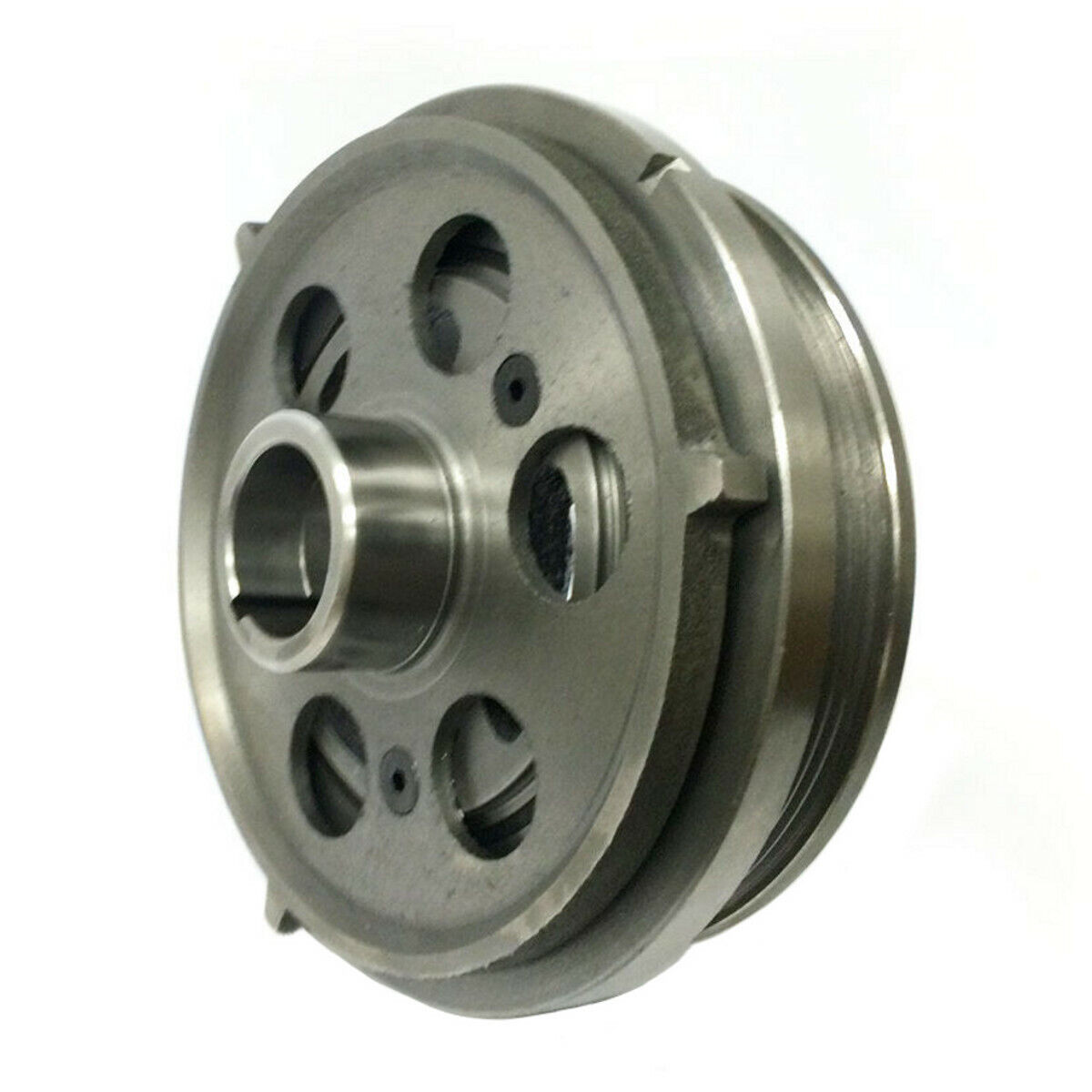Well, I'm trying some stuff I probably shouldn't be... but I've about priced myself into it now... so here goes. And I'll try to get to the point quickly.
My 300 is an EFI and I'm attempting to convert / use a conventional ignition system, albeit a HEI distributor. I have installed the distributor and used the pos voltage wire from the original coil to power on/off the new system. Doing so I figured to signal the ecm via the tach terminal on the distributor cap. I have determined that this circuit does feed thru the ecm to the fuel injectors, as that power to injectors disappears when the tach wire is disconnected. However I have also found that when cranking, the voltage on the tach wire exceeds 30 volts...? So I am suspicioning that this is the wrong voltage to control the injectors...? Any ideas? Injector actuation voltage? Or suggestions on keeping ecm control of injectors along this route or just delete it as well and go ahead and convert from throttle body to carb...
Oh... it is a fuel issue as it will start and idle on a touch of brake clean.
Thanks in advance. Michael
My 300 is an EFI and I'm attempting to convert / use a conventional ignition system, albeit a HEI distributor. I have installed the distributor and used the pos voltage wire from the original coil to power on/off the new system. Doing so I figured to signal the ecm via the tach terminal on the distributor cap. I have determined that this circuit does feed thru the ecm to the fuel injectors, as that power to injectors disappears when the tach wire is disconnected. However I have also found that when cranking, the voltage on the tach wire exceeds 30 volts...? So I am suspicioning that this is the wrong voltage to control the injectors...? Any ideas? Injector actuation voltage? Or suggestions on keeping ecm control of injectors along this route or just delete it as well and go ahead and convert from throttle body to carb...
Oh... it is a fuel issue as it will start and idle on a touch of brake clean.
Thanks in advance. Michael

